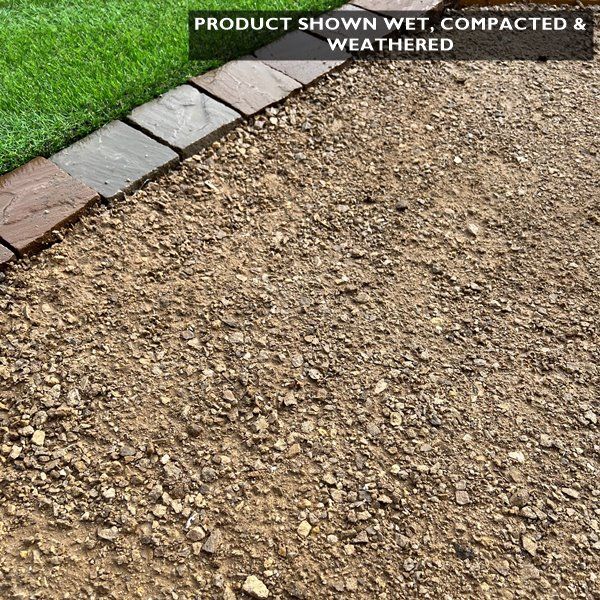We use cookies to make your experience better. To comply with the new e-Privacy directive, we need to ask for your consent to set the cookies. Learn more.
Self binding gravel explained

Gone are the 80s and their pebble dashed buildings with stony, uncomfortable gravel paths, for it may have looked the part (on the path, I think we can universally agree the pebble dashed houses were forever a mistake) but it didn’t half get everywhere! Inside shoes and the cut knees of children falling, not to mention the treading in as it got carted into the house on feet who’d walked over it.
It did serve a brilliant purpose for looking smart and bringing the kerb appeal up but in practice it just didn’t work did it? So… In step the modernised version in self-binding gravel, which offers all of the aesthetic of its predecessor yet far more practical way of being.
So, what IS self-binding gravel?
Well, it is pretty descriptive, it’s gravel which is formed by rolling specialist stone aggregate into place which then binds itself into a multipurpose pathway. It offers a very desired effect in terms of the aesthetic, especially as this, unlike traditional gravel pathways, is unmoving meaning it is entirely unnecessary to have to be topped up, but also this also means its desirability is extended in the fact it is a very low maintenance product. It’s a mixture of gravel particles and dust with sand, and clay beneath a surface topper which makes the product bind firmly once compacted in this manner.
How is it laid?
Though not a fast process, you do know that once completed by an expert this technique will last decades and prove great value for money. Layers of the particle rolling process are implemented one after the other to create the compacted self-binding of the gravel to a recommended no more than 50mm depth which will usually be laid onto a base. I mention the experts because in this case it is best to call upon them to achieve the best results!
How about that low maintenance?
The tiny particles which are found in common gravel and small pebbles work cohesively together with a surface topper to be unmoving and delivering on durability. Aside from the odd weed which may grow and is easily pulled free there is little to do other than enjoy.
Self-binding gravel is absolutely the practical choice in terms of affordability and maintenance but it also does offer a picture drawn to please the eye gifting the best of both worlds. It’s the thing which gives the wow factor to your outside space, yet with it still being your easy choice.

